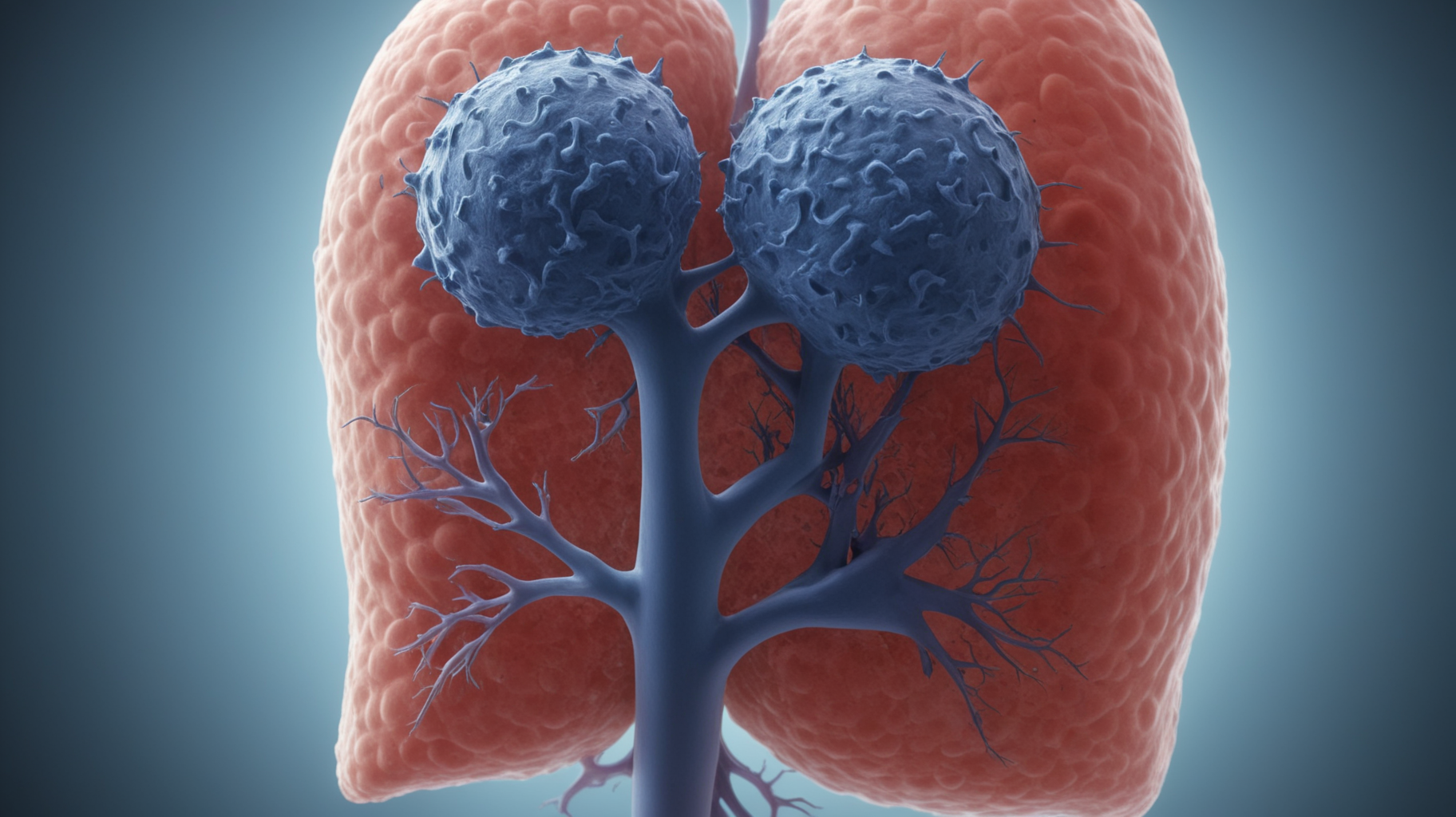Revolutionizing Orthopedic Surgery: How 3D Printing is Transforming Tumor Removal
Key Takeaways
- 3D printed models help enhance preoperative planning for bone tumor removal.
- The clinical study aims to compare 3D printed models with traditional imaging methods.
- Using 3D models could lead to better surgical outcomes and patient recovery.
Did You Know?
The Groundbreaking Clinical Study
A new clinical study is underway to assess the effectiveness of 3D printed models for planning the removal of bone tumors. Sponsored by Ricoh USA, Inc. and Stratasys Ltd., this study marks a significant step toward improving surgical outcomes for patients with orthopedic tumors.
The trial, which will run for 12 months and involve up to 150 patients across various medical centers, seeks to compare the use of 3D printed anatomical models alongside traditional CT or MRI imaging in preoperative planning.
Enhancing Surgical Precision
3D printed models offer surgeons a tangible, life-sized replica of the patient’s anatomy, which aids in better pre-surgical planning and practice. These models can help surgeons visualize the tumor and surrounding structures more accurately than 2D images can.
By providing a detailed physical model, the surgeons can simulate the surgery beforehand, allowing them to refine their technique and improve the precision of tumor removal. This reduces the chance of leaving any tumor tissue behind, also known as a positive margin.
Benefits for Patients
For patients, the use of 3D printed models may lead to several positive outcomes. The visibility and accuracy provided by these models can shorten surgery time, reducing the duration they are under anesthesia. Additionally, it can decrease blood loss and the overall risk of complications during the operation.
With the potential for more successful surgeries, patients can experience shorter recovery times and better overall health outcomes. Moreover, having a 3D model helps patients understand their condition and the planned surgical procedure more clearly, contributing to their mental and emotional preparedness.
Clinical Study Design
The study is designed as a prospective, multi-center, randomized controlled trial. Participants are divided into two groups: one where 3D printed models are used in conjunction with imaging, and another relying solely on imaging techniques for surgical planning.
The research aims to provide conclusive evidence on whether the addition of 3D models can enhance surgical outcomes compared to traditional methods alone.
Medical and Technological Collaboration
The study represents a collaboration between experts in medical imaging and 3D printing technology. It brings together the expertise of medical staff from institutions like The Ohio State University Wexner Medical Center and Corewell Health™.
This partnership aims to push the boundaries of current medical practices and introduce innovative techniques that could become the new standard in orthopedic oncology.
Statements from Medical Experts
Dr. Kyle K. VanKoevering, an Otolaryngology Associate Professor at Ohio State Wexner Medical Center, highlighted the significance of the study by saying, “Our never-ending mission is to improve patient outcomes, and that starts with preoperative planning.”
Similarly, Dr. Aws Hammad, a clinical faculty member in orthopedic surgery at Corewell Health, expressed enthusiasm about the study’s potential to advance patient care through new technologies.
The Role of Stratasys and Ricoh
Stratasys and Ricoh play crucial roles in this study by providing the technology and expertise needed to create the patient-specific 3D models. Their joint efforts aim to establish these models as a viable tool for improving surgical precision and patient outcomes.
Erez Ben Zvi, VP Medical at Stratasys, emphasized that the study could pave the way for 3D printed models to become a new standard in patient treatment, particularly in tumor removal surgeries.
Future Implications
If successful, this study could revolutionize the way orthopedic tumors are treated, making 3D printed models an essential part of preoperative planning. This advancement could extend beyond orthopedic oncology to other surgical fields where precise anatomical representation is crucial.
The hope is that these models will become widely accessible, thereby raising the standard of care and improving surgical outcomes for a broader population of patients.
References
- Stratasyshttps://www.stratasys.com
- Ricohhttps://www.ricoh.com
- Ohio State University Wexner Medical Centerhttps://wexnermedical.osu.edu
- Corewell Healthhttps://www.corewellhealth.org






